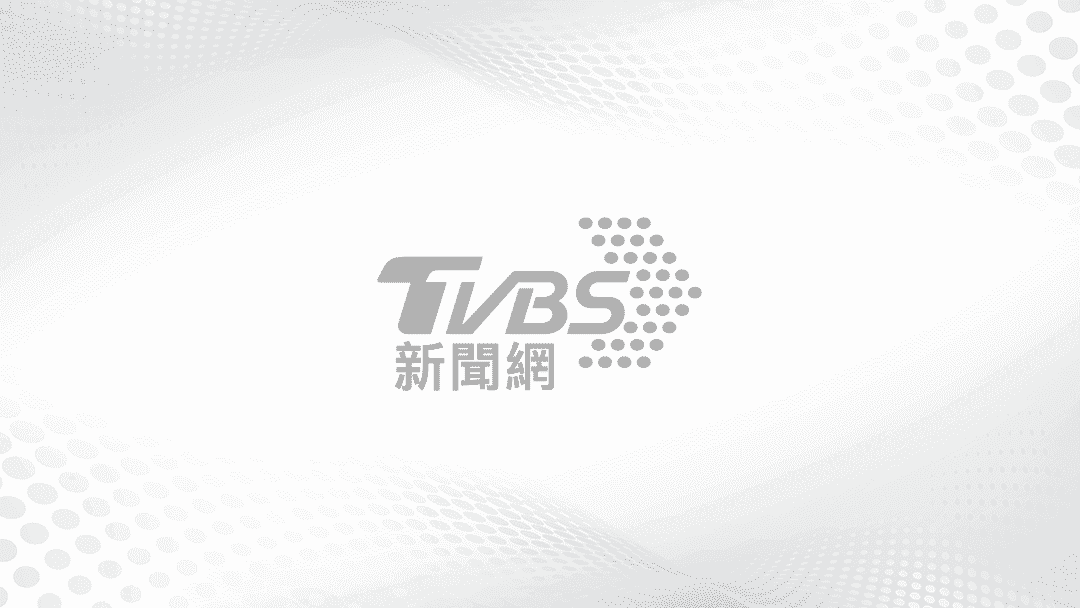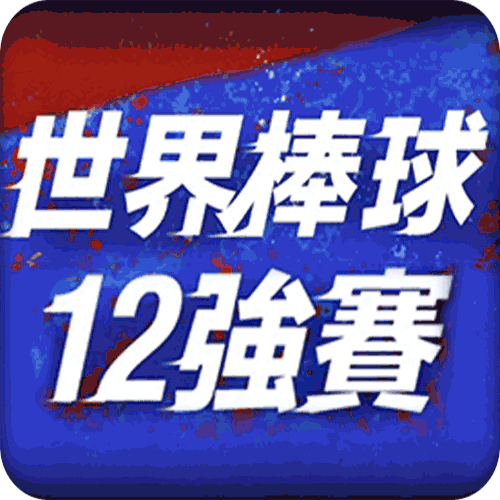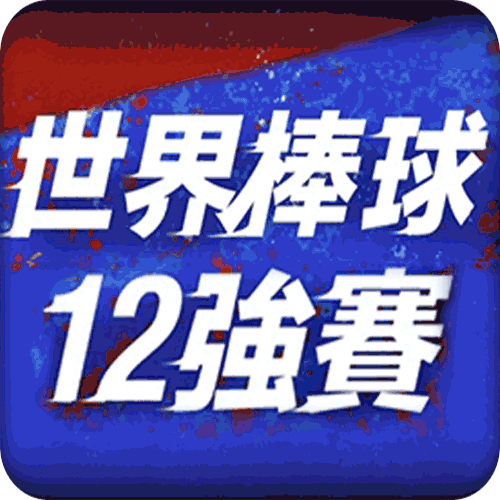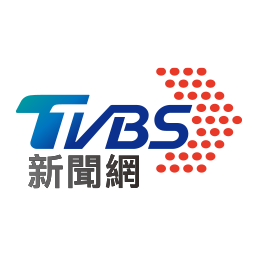TAIPEI (TVBS News) — To address climate change and achieve net-zero emissions by 2050, the Taiwanese government has pledged to attain 100% electric scooter sales by 2040, leading to substantial growth in the electric scooter sector in recent years.
As the presidential election approaches, all political party candidates have unveiled policies aimed at courting voters.
Democratic Progressive Party (DPP) candidate Lai Ching-Te underscores his commitment to advancing critical transportation policies, including electric vehicles and non-petroleum energy vehicles.
Kuomintang (KMT) hopeful Hou Yu-ih, if elected, seeks to foster the multitrillion-dollar electric motorcycle industry, while Taiwan People's Party's (TPP) Ko Wen-Je advocates for a more than fivefold increase in e-mobiles and charging stations over the next decade.
Independent presidential candidate Terry Gou has proposed achieving full electrification of motorcycles by 2030.
However, a rider has reported difficulties when attempting to switch batteries at the swapping station, potentially due to the incompatibility of different generations of swappable batteries from a Taiwanese-based company.
Ms. Lai, an e-scooter user, described her experience: "I was in a hurry today. When I went to the station to switch the battery, it kept popping out as I tried several times with different batteries."
Since the batteries are automatically dispensed by the battery exchange stations and cannot be preselected, Lai encountered a similar situation twice in November.
Although she reached out to customer service, the issue remained unresolved after trying their troubleshooting methods, leaving her frustrated.
"I find it somewhat unreasonable as they charge high service fees, but were unable to solve this issue," said Lai.
The e-scooter brand she is using has three generations of batteries in circulation, each weighing between 9.8 and 10.2 kilograms, making it challenging for users to differentiate between them simply by carrying them.
How can you tell the batteries apart? Here's the answer: the first-generation battery has white logos, while the second and third-generation batteries have engraved logos. Furthermore, the second-generation battery has a wider handle space, while the latter has a narrower handle space.
In response to user complaints, the manufacturer has stated that they are currently investigating this incident.










